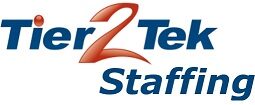Perfect Answer to ‘Why Do You Want to Work Here?’
When asked, “Why do you want to work here?” in a job interview, it’s crucial to give a thoughtful and convincing response. This question helps employers gauge your interest in the position and the company, and determine if you’re a good fit. To craft the perfect answer, understand the company, align your values with its … Read more










